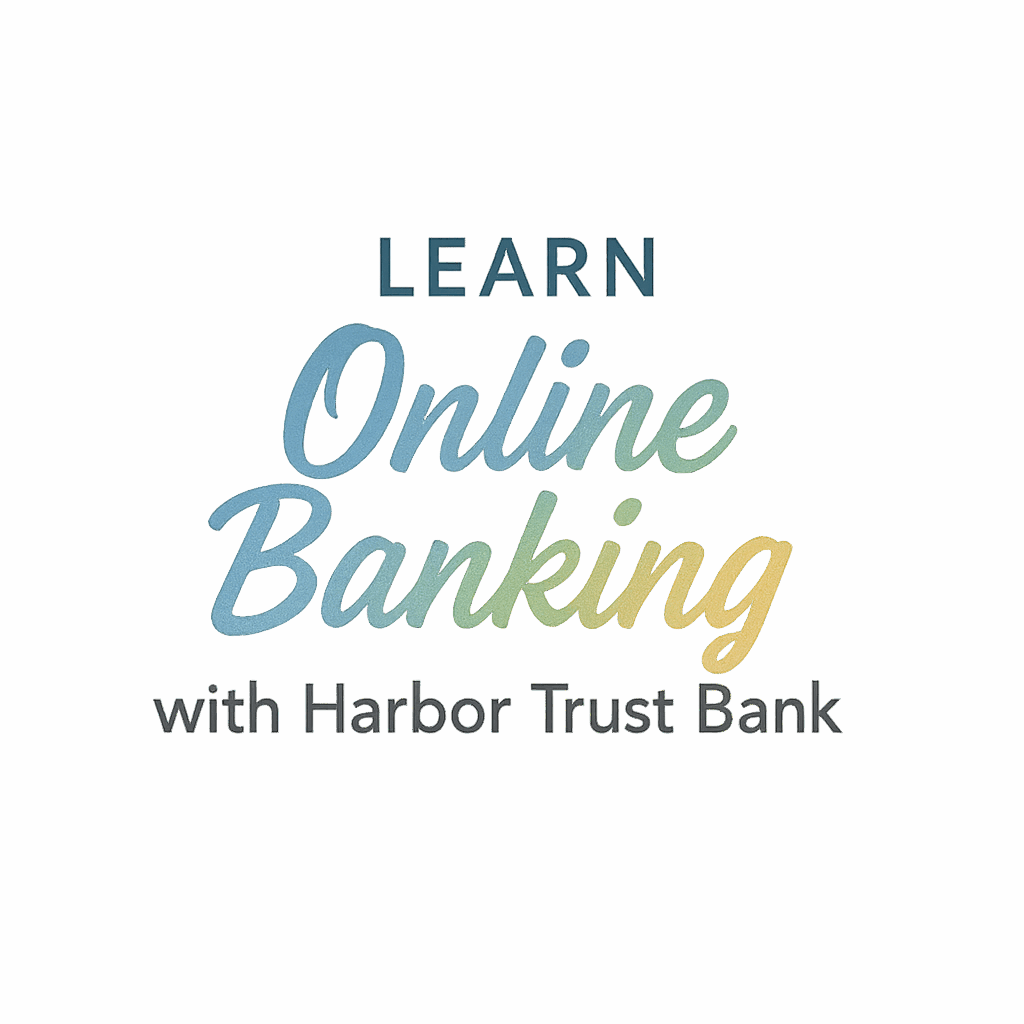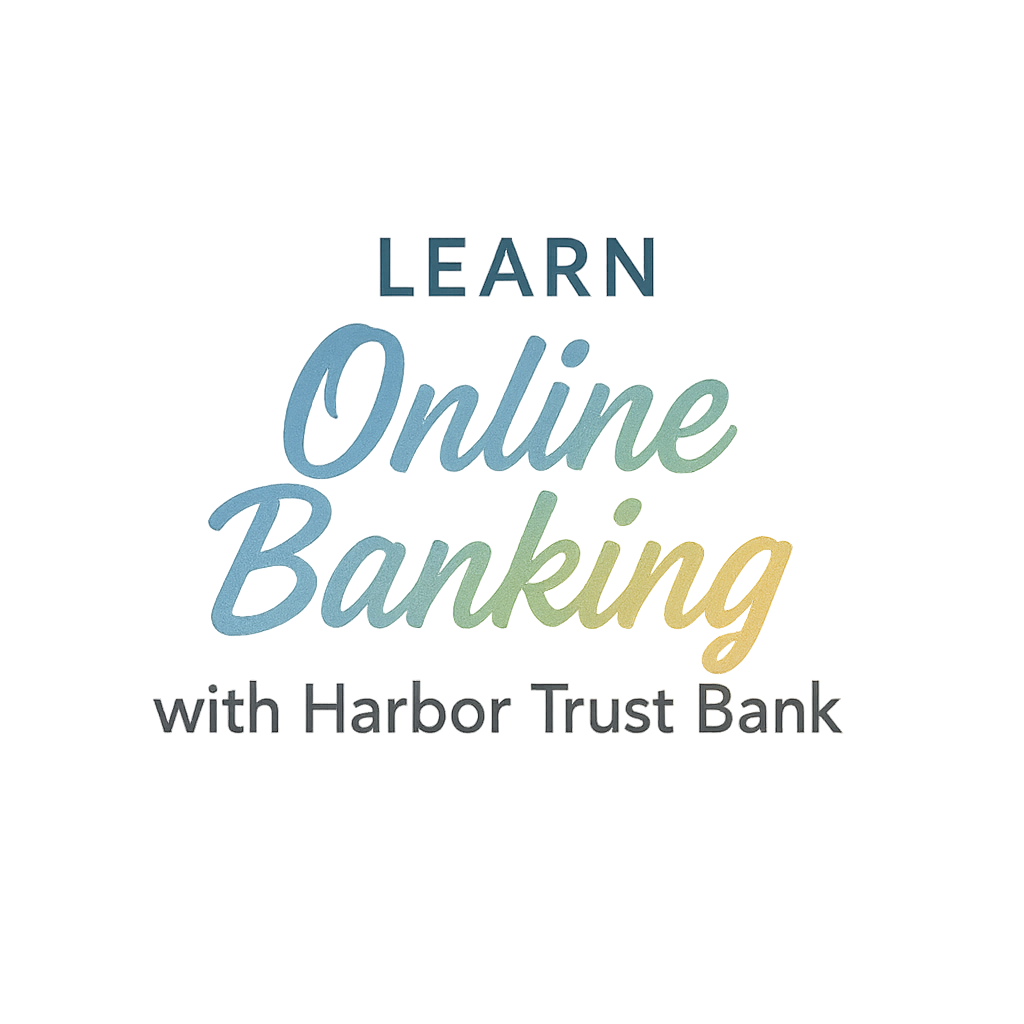Introduction
Let’s face it—online banking has changed how we handle money. No more long lines, no more rushing to the bank before it closes. But despite its convenience, online banking still has a cloud of fear floating over it. Is it safe? Can it be hacked? Should you avoid it altogether?
We’re here to set the record straight. In this post, we’re busting six of the biggest myths about online banking security—and giving you real tips to stay safe while managing your money digitally.
Myth #1: Online Banking Is Easily Hacked
Let’s kick off with the biggest misconception out there.
The Truth About Bank-Level Encryption
Banks invest millions into top-tier encryption technology. Think of encryption as a secret code that only your bank and your device can understand. We’re talking 256-bit SSL encryption—the same tech used by the military. It would take a supercomputer decades to crack it.
When you log in to your online account, your data is scrambled and unreadable to outsiders. So no, your login isn’t floating around in cyberspace waiting to be snatched.
How Two-Factor Authentication Helps
Ever been asked to enter a code sent to your phone or email? That’s two-factor authentication (2FA) in action. Even if a hacker guesses your password, they’d still need access to your phone or email to get in.
Combine that with biometric features like fingerprint or face ID, and you’ve got a vault that’s harder to break than Fort Knox.
Myth #2: Public Wi-Fi Makes Online Banking Impossible
A lot of people think using public Wi-Fi means you’re just handing your info over to hackers.
What Happens on Public Networks?
Public Wi-Fi is riskier, yes. But it’s not instant doom. What you need to worry about are man-in-the-middle attacks—when someone secretly intercepts the data you’re sending and receiving.
Tips for Safely Banking on Public Wi-Fi
- Use a VPN – It creates a secure tunnel for your data.
- Avoid logging in on sketchy networks – If the network doesn’t require a password, it’s not safe.
- Enable 2FA and biometric logins – Adds another layer even if someone intercepts your session.
With a little caution, you can use online banking on the go without stressing out.
Myth #3: Mobile Banking Apps Aren’t Secure
We get it. You might feel weird trusting your money to a smartphone app. But here’s the truth.
Why Mobile Apps Are More Secure Than You Think
Banking apps are purpose-built for security. They’re monitored, updated frequently, and often have better protections than desktop sites. Apps also use your phone’s native security features like fingerprint ID, face recognition, and automatic session timeouts.

App Store Security vs. Web Browser Risks
Apps from official stores like Google Play or the Apple App Store go through security checks. That’s way safer than typing in your login info on a random browser tab—where phishing attacks can happen more easily.
Myth #4: Cybercriminals Only Target Big Accounts
Think you’re too small to be a target? Think again.
Why Everyone’s a Target—Even Beginners
Cybercriminals use bots to scan thousands of accounts, looking for weak passwords or reused credentials. They don’t care if you have $50 or $50,000. If they can take over your account, they will.
This is especially true if you’re just starting out. Many beginners don’t enable full security features or recognize the signs of fraud.
Explore more tips for online banking beginners.
Real-Life Examples of Small Account Hacks
In 2023, a phishing scam targeted college students and freelancers—people who typically have smaller balances. The hackers stole thousands by making small withdrawals that went unnoticed.
Bottom line? Small account or big, your money is still money.
Myth #5: Banks Will Always Cover Fraud Losses
This myth is dangerous because it gives a false sense of security.
What Protection You Really Get
Yes, banks usually offer fraud protection, but it comes with conditions. If you report fraud within a certain time frame, you’re often reimbursed. But wait too long or fail to follow basic security practices, and you might be left holding the bag.
When User Negligence Voids Coverage
If the bank finds out you shared your password, used a weak login, or didn’t report the issue quickly, they can deny reimbursement. It’s a two-way street. Your job is to protect your end, just like theirs is to secure their platform.
Myth #6: You Don’t Need to Do Anything If the Bank Is Secure
This is like saying your house is safe because the neighborhood has security cameras—but you left the front door wide open.
Shared Responsibility: Bank + User
Your bank’s security is only as strong as your habits. It’s a shared responsibility model. They provide the tools. You have to use them right.
Want more help managing your digital tools? Check out Recording Studio Management & Growth.
Simple Habits That Boost Your Online Security
- Don’t reuse passwords across platforms.
- Never click unknown links in emails.
- Log out after banking.
- Enable transaction alerts.
These tiny habits make a huge difference.
The Real Deal: How Safe Is Online Banking?
It’s safer than most people think—if you’re smart about it.
Online Banking Security Features in 2025
- AI-powered fraud detection
- Real-time transaction monitoring
- Facial recognition logins
- Location-based authentication
- Built-in VPN in some banking apps
Key Devices & Tools That Enhance Online Security
- Biometric-capable smartphones
- USB security keys (like YubiKey)
- Secure Wi-Fi routers
- Controller and MIDI devices for studio-related banking systems
Best Practices to Keep Your Online Banking Safe
Let’s wrap this up with a checklist you can actually use.
Tips for Creating Strong Passwords
- Use a passphrase, not just a word (e.g., “MyDogEats@3PM”)
- Avoid personal info like birthdays
- Use a different password for every account
- Use a password manager like 1Password or Bitwarden
Setting Up Security Alerts and Notifications
Turn on alerts for:
- Logins from new devices
- Large transactions
- Password or profile changes
This way, you’re always in the loop—and one step ahead.
Final Thoughts
Online banking doesn’t have to feel like a digital minefield. Sure, cyber threats exist. But most of the fear is fueled by outdated myths, not facts. With the right tools, good habits, and a healthy dose of common sense, you can bank online with confidence.
Remember, security is a partnership. Your bank provides the locks—it’s up to you to close the door behind you.
FAQs
1. Is online banking safer than using checks?
Yes. Checks can be physically stolen, forged, or altered, while online banking offers encrypted transactions and alerts.
2. Can I use online banking on my phone?
Absolutely! In fact, mobile banking apps often include biometric logins and faster fraud detection.
3. What should I do if I suspect fraud?
Contact your bank immediately. The sooner you report it, the better your chances of recovering your funds.
4. How often should I change my password?
Every 3–6 months is a good practice—especially if you’ve used it on multiple sites.
5. Are all VPNs safe to use for online banking?
Stick with reputable paid VPNs. Free VPNs often log your data or inject ads.
6. Does using online banking reduce my control over finances?
Not at all. In fact, it increases your control with instant access, budget tools, and real-time notifications.
7. Where can I learn more about online banking basics?
Explore our resources at 4amrecordingstudio.com and especially the Online Banking Setup Basics section for step-by-step guides.


